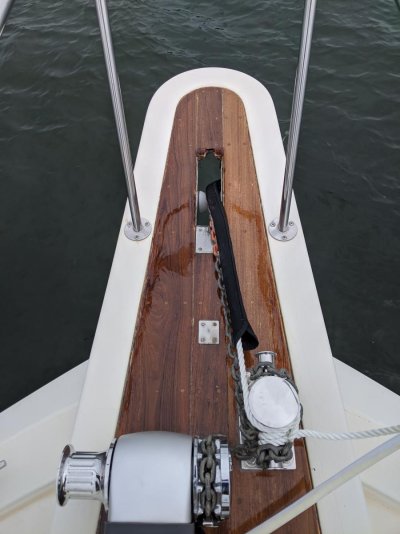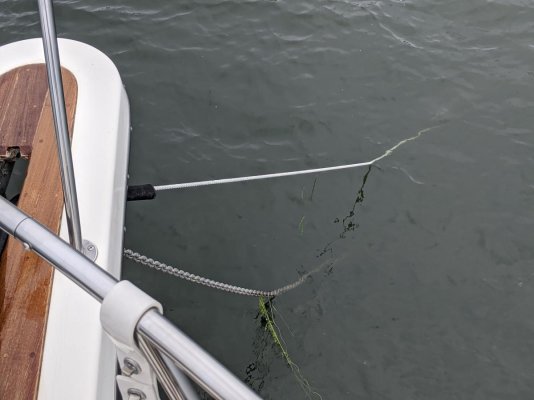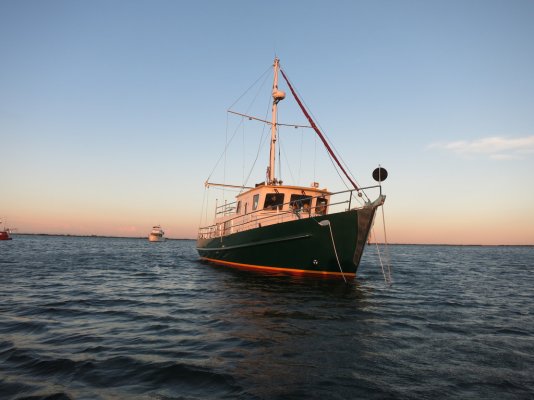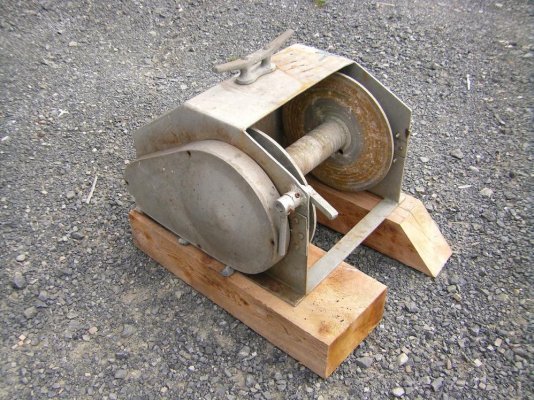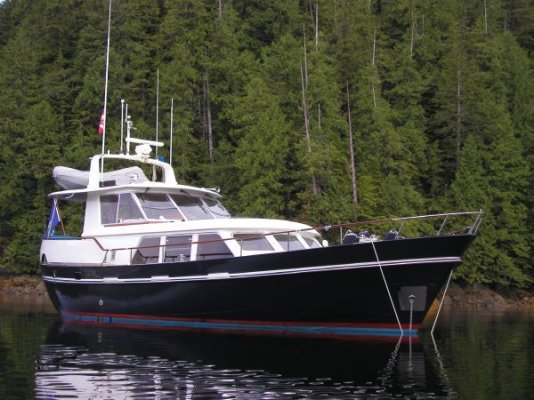rslifkin
Guru
- Joined
- Aug 20, 2019
- Messages
- 7,589
- Location
- USA
- Vessel Name
- Hour Glass
- Vessel Make
- Chris Craft 381 Catalina
That's why I like my single over the pulpit roller...I can let it go , feed out chain and attach another if I have to.
If it's that horrible and I have multiple snubbers or a bridle out and it gets that bad, I would just cut it loose and rerig.
But that's why I like a hitch tied to the chain over a hook . If I let my cheapo snubber go big deal, but when I retrieve as conditions warrant, I just take it in and untie it like normal. I wouldn't use a snubber as long as my boat, so prop fouling is unlikely.
That's basically how I do it as well. My standard snubbers are 30 feet, so unless I run over the chain, they won't reach the props. Pictures below show my setup in use. Basically, feed out chain, attach snubber, feed out more chain while paying out snubber by hand (both going over the roller / through the pulpit slot). At desired scope, cleat off snubber, apply chafe protection. Let out a big more chain, then cleat off chain.
In my case, I've only got 90 feet of chain on board, so this setup only gets used in shallow water where I'm either on all chain, or don't have enough nylon out to provide stretch.

